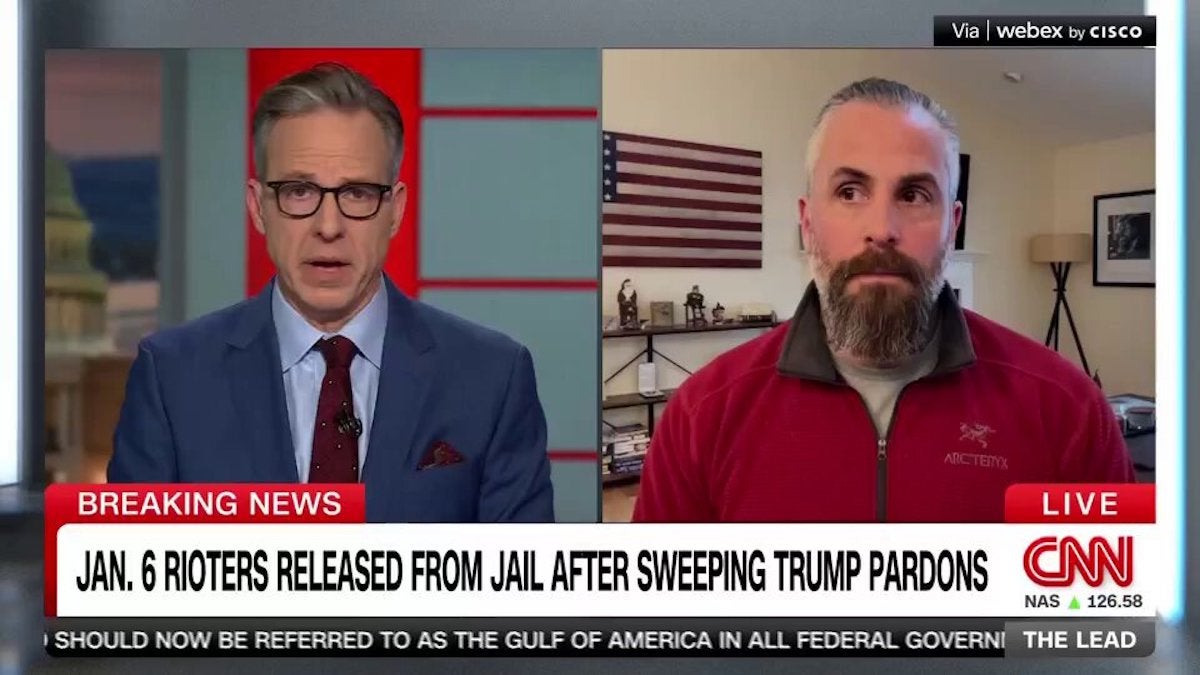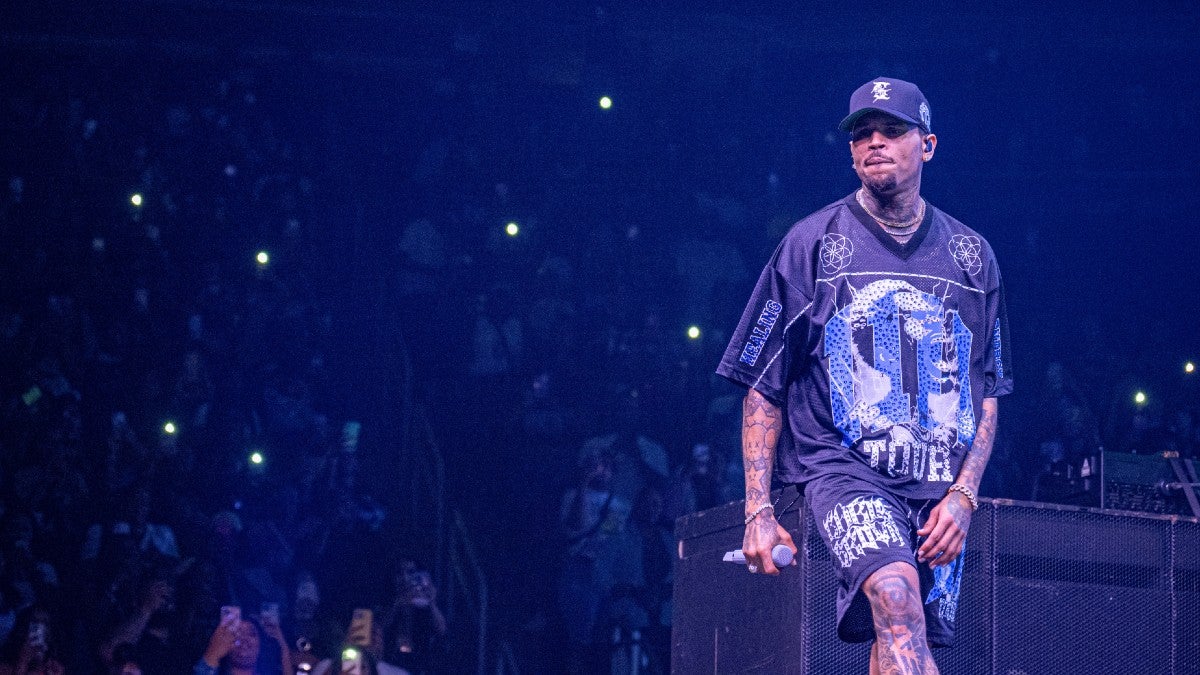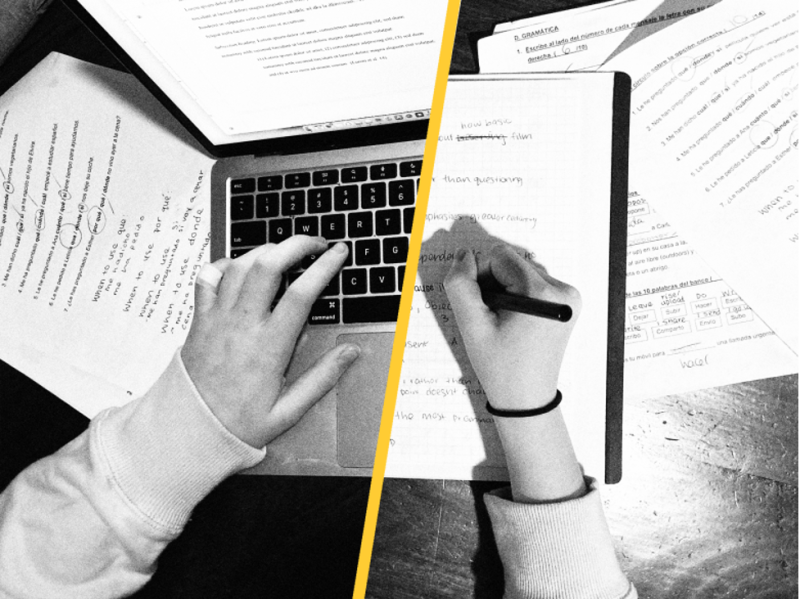Ten Actions Teachers Can Take Now That Trump Is President – Please Add More
The past twenty-four hours since Donald Trump became President have been pretty bad for many of our students and their families (see On First Day Of His Presidency, Trump Targets The Most Vulnerable: Refugees, Asylum Seekers & Transgender People). How can teachers – in both blue and red states – respond? Here are some […]


geralt / Pixabay
The past twenty-four hours since Donald Trump became President have been pretty bad for many of our students and their families (see On First Day Of His Presidency, Trump Targets The Most Vulnerable: Refugees, Asylum Seekers & Transgender People).
How can teachers – in both blue and red states – respond?
Here are some ideas, informed by both my nineteen year community organizing career and my twenty-three year high school teaching career:
1. Make sure your districts and administrators are asking themselves these questions and actually have good and concrete answers to them.
2. Ensure that some of those answers include supporting immigrant students and their families in ways described in The Best Resources To Support Schools, Teachers, Students & Families In The Face Of Trump’s Deportation Threats.
3. Organize ELL classes to share their stories with English-proficient classes using The Empathy Project as a model, and that, though it’s great for students to ask many questions, make sure that ones about legal status are off-limits.
4. Incorporate Problem-Based Learning – with a community focus – in your curriculum, and make sure that, as part of it, students learn the importance of having to work together – even with classmates who are different or who have different priorities – to achieve solutions.
5. Incorporate lessons on the danger of zero sum thinking, and model in your classroom that power is not a finite pie – that the more it’s distributed, then the more opportunities are created for everybody.
6. Start or support a gay–straight alliance, gender–sexuality alliance (GSA) or queer–straight alliance (QSA) at your school. And, teachers, if you have any reservations about using students’ preferred pronouns, get over yourselves. I have always had a policy of calling students by whatever they want to be called, including pronouns. I once called a student “Prince” for the entire school year!
7. Get involved in your teachers’ union or associations. These kinds of “mediating institutions” are are bulwarks fighting for democracy. Schools in many communities have historically acted in similar ways, and some of the questions listed in the first point on this list point in that direction.
8. When teaching about large-scale traumatic events affecting specific groups of people – Native American genocide, The Holocaust, the imprisonment of Japanese-Americans, etc. – make sure you include lessons exploring how people who were not members of those groups responded to those events in different ways, and how they are remembered by history.
9. When the “American Agitators” movie is freely available, which should be soon, use it in your classroom (if you feel like your local political circumstances allow you to do so). I haven’t been able to help create a classroom guide because of time constraints, but I know some top-notch people are almost done with one.
10. Publicize Trump’s damaging actions, including and especially as they related to education. As educator Paul Bruno commented several weeks ago, Trump will be doing so many bad things in so many areas, it’s possible that his education actions will get lost in the chaos.
What more would you suggest?
What's Your Reaction?


















































































